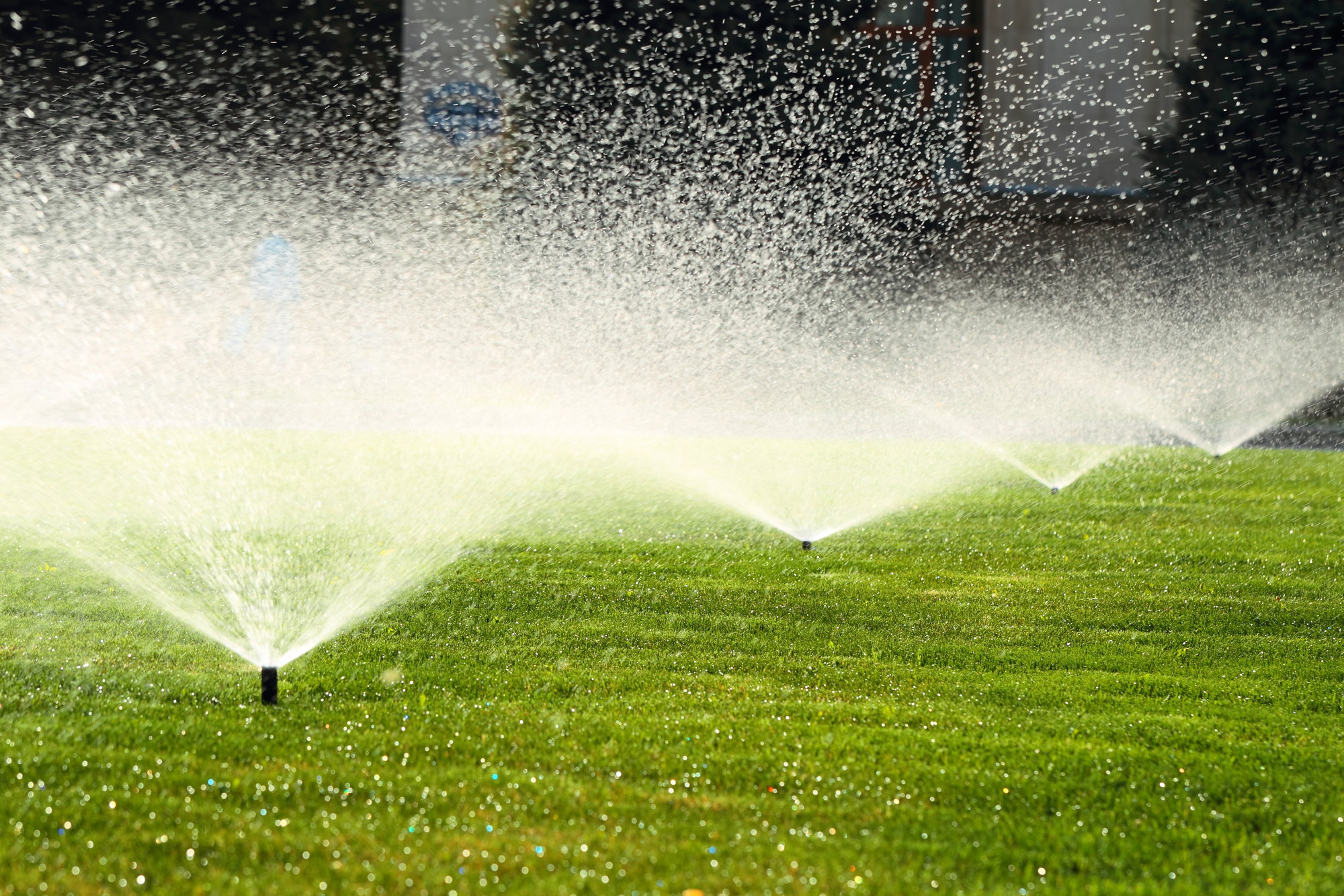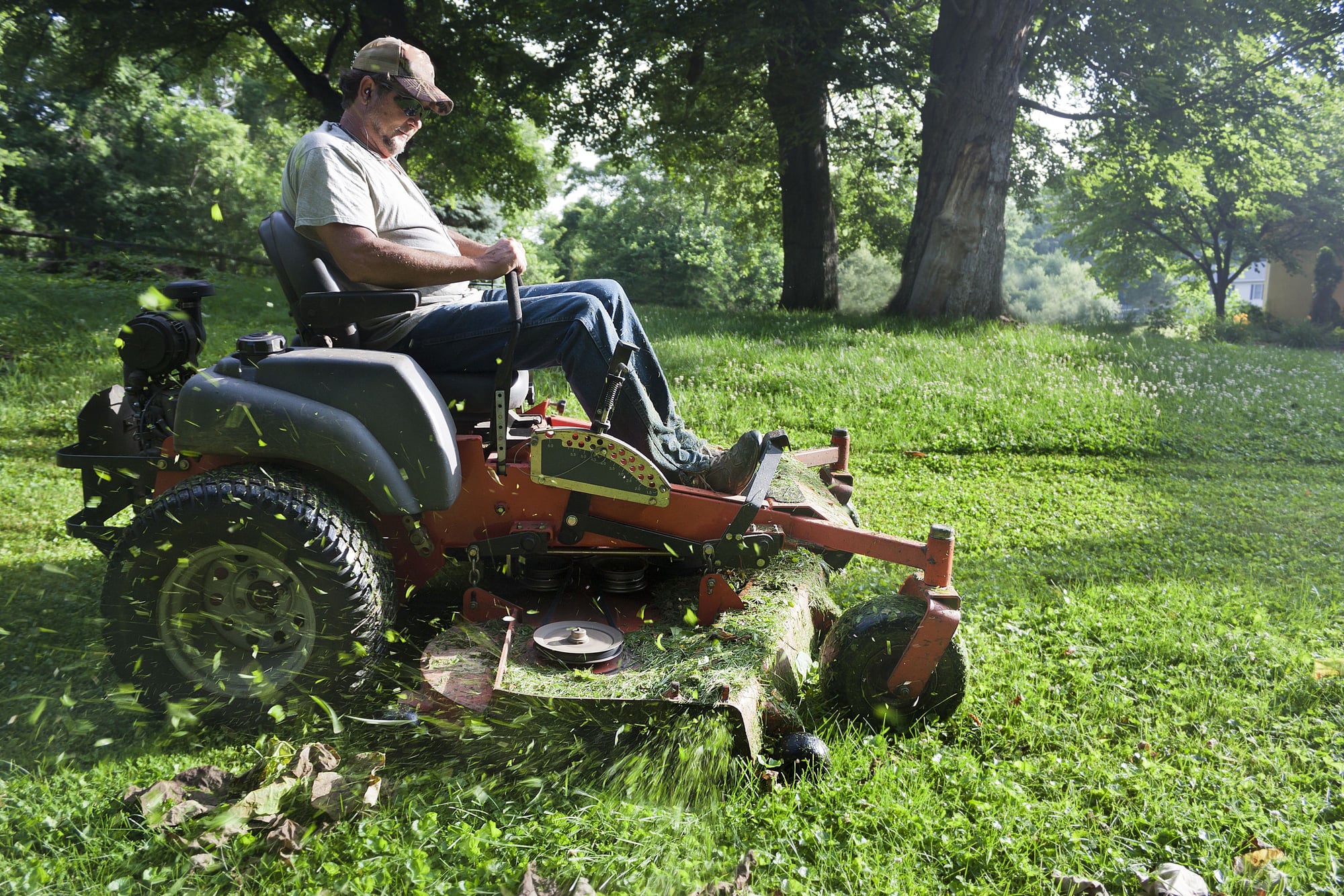Lawn care can consume a lot of a homeowner’s time when extreme weather hits like long droughts or blizzards. Don’t let it stress you out, instead get on top of any issues and use these tips to maintain a healthy lawn, even in volatile conditions.
Watering
Watering your lawn is an integral part of lawn care. When it comes to watering your lawn, rather than giving it a quick spray on a daily basis during extreme heat, try and water deeply as this will establish stronger roots. Lawns are fairly good at going without water for a few days or even a week. When the sun is scorching lawns want a good, long drink instead of tiny sips. The best time to water is early in the morning before the day starts to heat up. Watering in the middle of a hot day will result in more evaporation and can actually create burnt grass. Watering at night can result in fungus and other lawn diseases, so it’s better to go without watering until you can find time early in the morning. Sprinkler systems set to timers are great for getting it just right (and letting you sleep in).
There can be limitations to water use, especially in times of drought and extreme heat, so make sure to check your local laws. They are put in place for conservation reasons and to keep consumption regulated. You may feel like your hands are tied due to water restrictions, however, there are ways to ensure healthy lawns without depending on constant irrigation. Your lawn’s soil is its foundation and if it can’t absorb nutrients and retain water properly then you may want to focus more on getting that aspect right. Top dressing with good, black earth mixed with rich compost will promote the grass’ root systems, allowing it to withstand arid conditions for longer periods of time.
There are drought-tolerant species that survive extreme heat better than other kinds as well. Look for fescues and drought-specific bluegrass varieties. Remember that many lawns will go “dormant” and will look as though they are dead. Often times it is just their way of going to sleep while conditions are volatile and once a heavy rain hits they will come back to life.
Mowing
One of the easiest ways to kill your lawn in extreme heat is to cut it too short. It’s not as problematic in cooler weather, but when temperatures rise, a longer blade will be able to shade itself and stay cool, focusing on developing strong roots rather than blade growth. It’s also better at keeping weeds at bay since they tend to like exposed sunny soil. Never mow new grass until you know it’s been established. If you aren’t sure, err on the side of caution as the mower can pull up the weak grass and destroy the roots. The best time to mow is in the evenings when it’s cooler and there is no risk of dew. Never mow wet grass — it’s not good for the grass or your mower, and it makes a mess. Change up your pattern as well — different mowing directions will keep grass standing nice and tall.
Fertilizing

Leaving the lawn clippings after you cut the grass is an easy way to add nutrients on a regular basis throughout the summer. In the fall don’t rake any leaves. Instead, mow over them as the combination of mulched leaves and clippings are a great composting fertilizer for your lawn and will give it extra strength when it needs it most. Most grass will benefit from additional fertilizing on top of this and can benefit from extra nitrogen, phosphorus, and potassium (N-P-K). Different fertilizers will come in different ratios of these three nutrients. Test your soil to see what it’s most in need of, or do some research on the type of grass you have to know what it commonly prefers. Over-fertilizing can do more harm than good as too much can burn your grass. In general, nitrogen promotes strong growth and color, phosphorus is good for roots and establishing new lawns, and potassium aids in your lawn’s absorption of nitrogen. Knowing when to add fertilizer depends on your region and the variety of grass you have.
@craftideas
@chayil$







